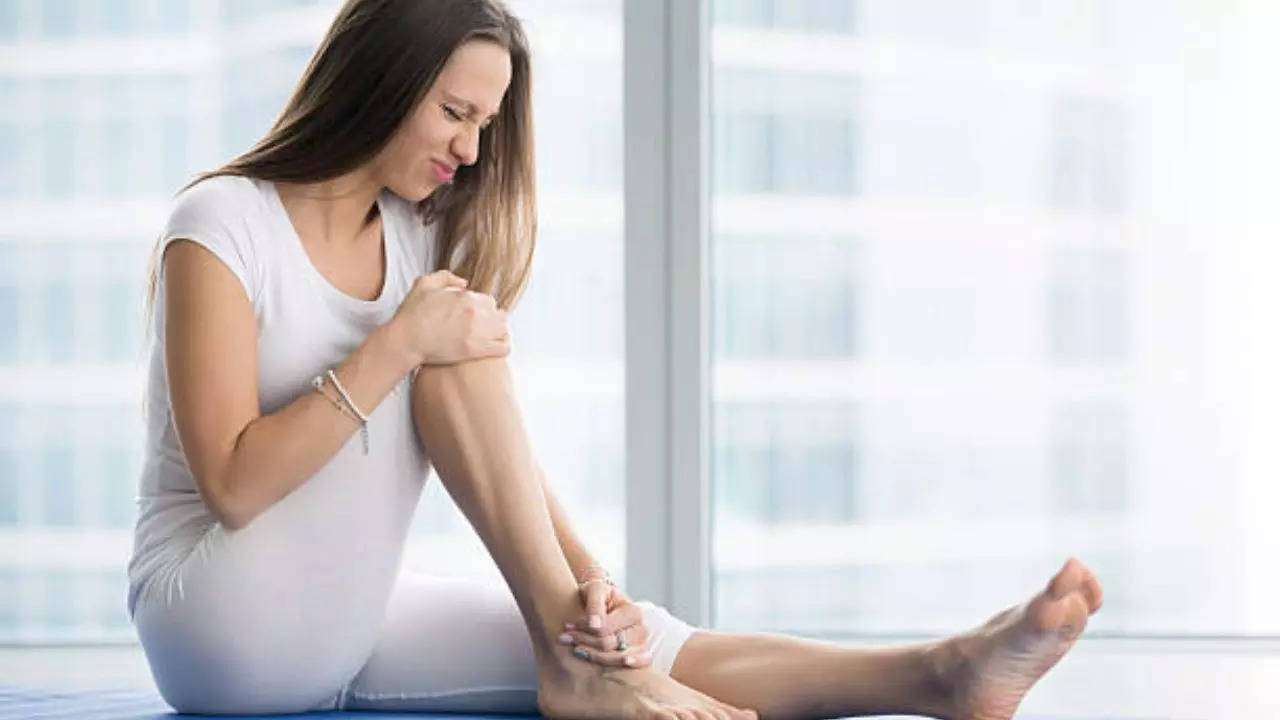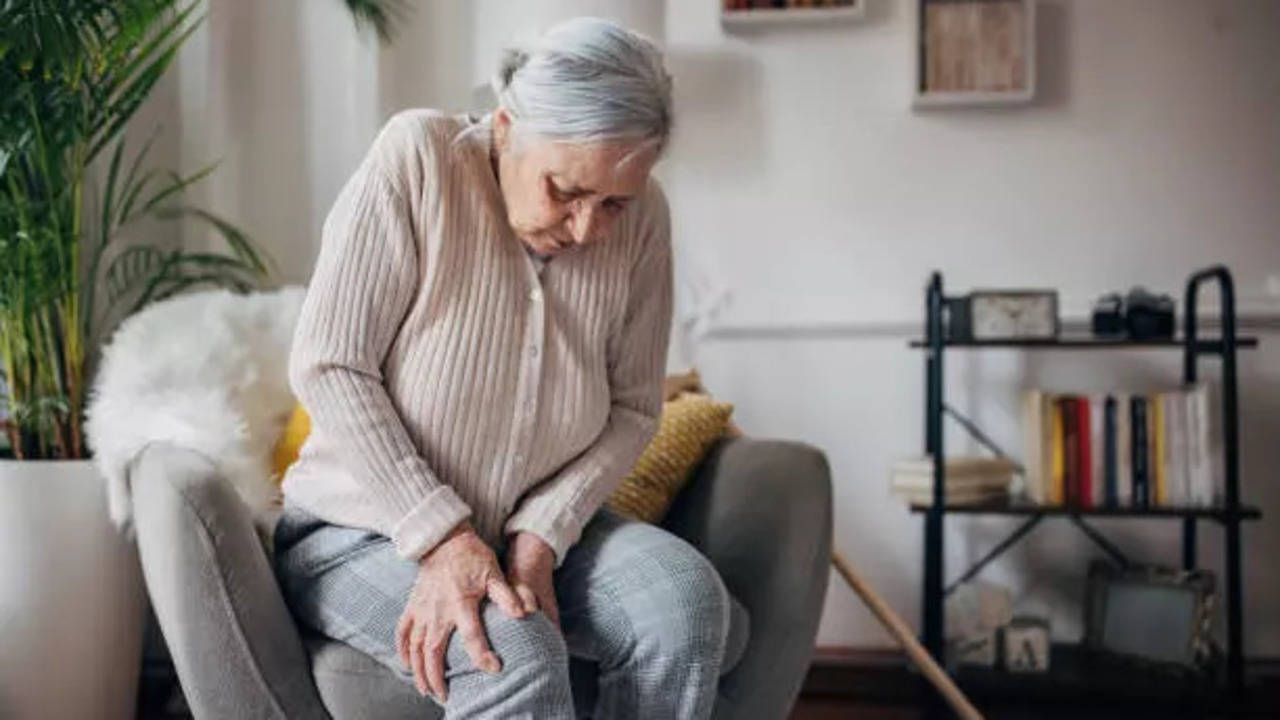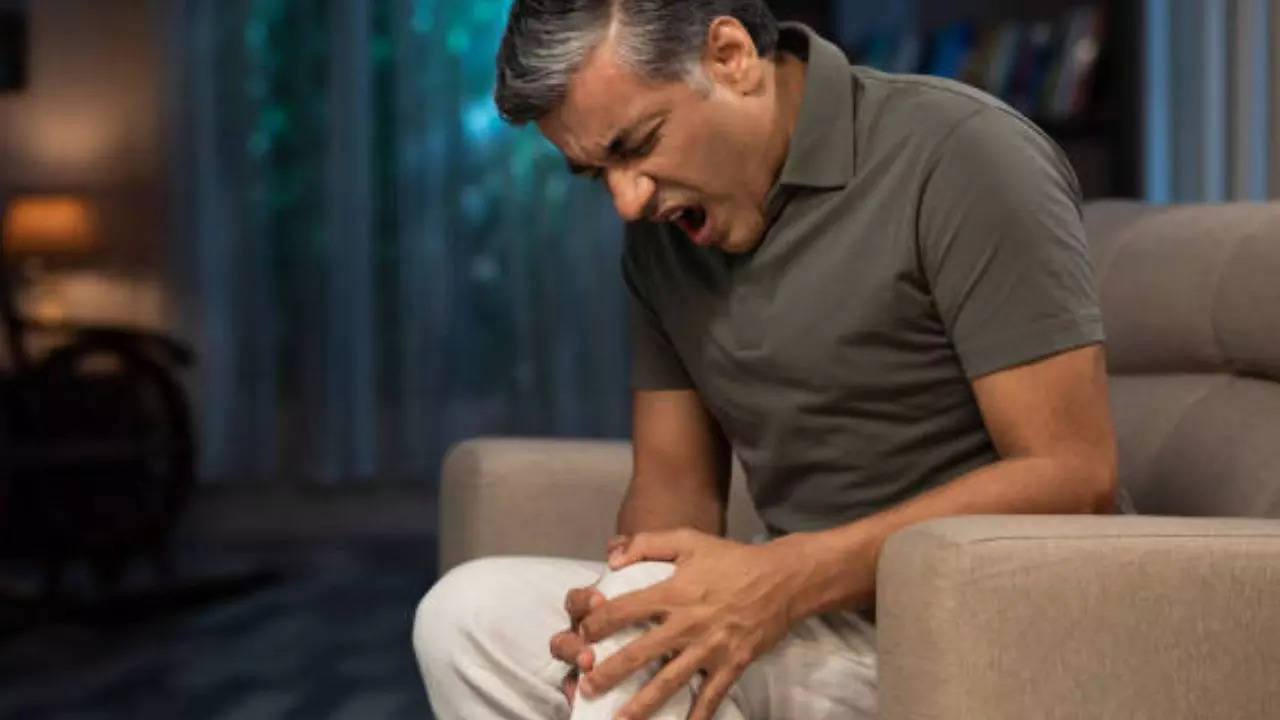Table of Contents

As the weather is changing and it is slowly becoming colder, those who suffer from joint pain will start to feel discomfort. It is popularly believed that even as the temperature lowers – it spikes aches in your joints, muscles, and ligaments which begin to feel stiff and inflamed. According to experts, there is a cause-and-effect relationship between weather and joint pain.
However, it's not just the cold as studies say those living with conditions like arthritis find aches increase on days with:
- Higher humidity
- Stronger winds
- Lower barometric pressure
Why does a change in temperature lead to joint pains? Related News | 
Beware! Dense Fog Can Worsen Arthritis; Ways To Ease Pain, Inflammation

What Causes Joint Pain During The Monsoon? Measures To Alleviate It
According to experts, as the weight of the air in the atmosphere begins to press down at this part of the year in the northern hemisphere – the pressure/psi begins to bounce up and down. Decreasing pressure – which begins to usher in worsening weather, makes the air press a little less on your body. That lack of compression allows tissues within your body to swell slightly, which irritates your joints.
Doctors say the speed at which the pressure changes also makes a lot of difference.
As the weather cools, lower barometric pressure is not ideal for your joints. Cold makes your muscles, ligaments, and joints stiffer and more painful due to a lack of oily fluid between your joints, which becomes sludgy. It also prevents the oily fluid from lubricating the joint quite as well and can lead to pain when you move.
Related News | 
What Causes Stiff Joints On Cold Winter Mornings?
Doctors say since weather-induced pain cannot be avoided, there are a few steps you can take to prevent and relieve the discomfort, which include:
Exercise
Regular exercise and workouts help you keep active and therefore, keep your muscles and joints tight. Always make sure to do stretches before and after a workout and keep moving – through either walking, running, yoga, or even Zumba and Pilates to reduce the aches.
Stretch
If on days you are not able to exercise, make sure to at least do stretching regularly. It is a great way to maintain and increase your flexibility – which helps maintain joint health.
Stay warm
Since cold weather can be a nemesis for your joints, make sure to keep yourself warm and comfortable. Dress appropriately according to the weather. Cold can make your muscles stiff, so wear socks, use heat pads, and even layer appropriately.
Take regular heat treatment
In winter, make sure to take a hot shower and take out a heating pad if you feel weather-related aches. Heating penetrates areas where it hurts the most by regulating blood circulation and flow and loosens up tight ligaments, tendons, and connective tissue.
Eat balanced meals
Foods that are high in antioxidants like berries, green vegetables, and whole grains, significantly reduce inflammation.
Take painkillers
When your pain becomes unbearable, do take nonsteroidal anti-inflammatory medications in pill or lotion form to reduce the swelling behind joint pain.

